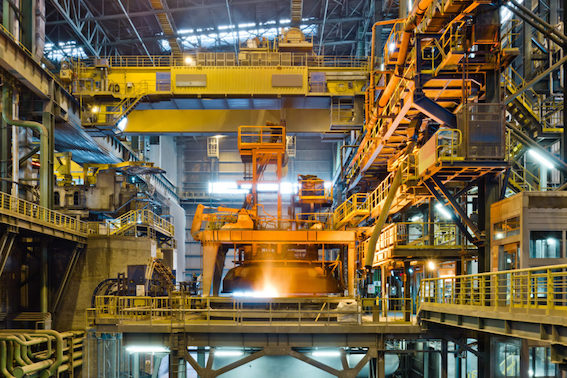
The manufacturing team at accountancy association MHA releases a quarterly series called The Engine, which provides a national outlook on the issues facing the manufacturing market. In this article, Tony Summers, Partner and Head of Manufacturing at MHA Carpenter Box, looks at the fundamental challenge facing businesses today: developing and implementing strategies to maximise profitability.
To crack the profitability puzzle, companies must carefully plan their strategy and application of resources to identify what investments will have the most impact.
With the Manufacturing Purchasing Managers’ Index (PMI) falling and so much Brexit uncertainty, the intuitive reaction to increase profitability may be to reduce investment that doesn’t directly or immediately improve a company’s revenue-generating activities. However, areas like R&D, sales, marketing, staffing and recruitment are an essential investment for the future. If companies follow their instincts and cut back, it creates considerable risks for profitability in the long run.
Investing for the long-term
It is important that companies focus their resources where the full potential has not yet been realised, and there’s a real prospect of generating competitive advantages.
Companies should remain forward-looking by focusing their investment on four key areas:
• R&D
• Plant and equipment
• Skilled labour recruitment
• Reward and investment in staff (e.g. through pension funding)
Recent analysis of 1,559 US manufacturing firms published in IJOPM (Strategy, Operations, and Profitability: The Role of Resource Orchestration, International Journal of Operations and Production Management) shows that financing R&D has a significant positive effect on long term profits as it drives the development of new products to bring to market. Continued upgrades to plant, property and equipment are essential to future proof a manufacturing business, as a lack of investment in these areas can ultimately lead to poor performance.
The opportunity to recruit highly skilled technicians and engineers and integrate them into the company as the agents for future long-term growth must not be neglected. Incentivisation through investment in pension provisions or share schemes for example can have long-term, positive performance implications, helping to retain your best people.
Although profitability may suffer short-term pain as a result of these investment decisions, if executed well, they can certainly prove beneficial in the long-term.
Maximising available Tax Reliefs
Industrial strategy released by the UK Government in 2018 cited R&D as a key foundation for productivity, targeting an increase in R&D investment from 1.7% to 2.4% of the GDP by 2027. To support this, the rate of R&D tax credit was increased for UK companies both large and small.
At a glance, the figures looked promising, with £1.3bn of R&D tax relief being claimed by UK SMEs. Our conversations and experience with manufacturers, however, show that they are not aware of all the reliefs available to them and may be missing out.
HMRC estimates the manufacturing sector accounts for 28% of R&D claims, with a total tax relief value of over £900m. In addition, loss-making companies can obtain cash tax refunds of an effective rate of 33.35% of the R&D spend, while tax-paying companies can claim £19 back for every £100 invested in R&D through corporation tax, as well as a further £24.70 through the R&D tax credit system.
One of the latest government initiatives developed in line with this strategy is an increase in the Annual Investment Allowance (AIA) to £1m – a considerable boost from the former £200,000 limit.
Manufacturing companies must understand this is a temporary increase due to end in December 2020, and they must therefore make the most of the opportunity as soon as possible. The AIA allows companies to deduct the full value of a qualifying capital item from profit before tax, and most protective equipment also qualifies for the relief.
In an environment where unemployment is at record lows and skilled labour can be hard to find, this measure can support investment in areas such as automation, stimulating investment and productivity. Manufacturing companies face a big challenge in balancing short-term profitability with long-term growth.
Summary
By making the most of tax benefits, maximising existing resources and making new investments, manufacturers can have a far greater chance of enhancing profitability.
For more information, get in touch with our friendly team of tax and business advisers by calling 01903 234094 or visit www.carpenterbox.com




